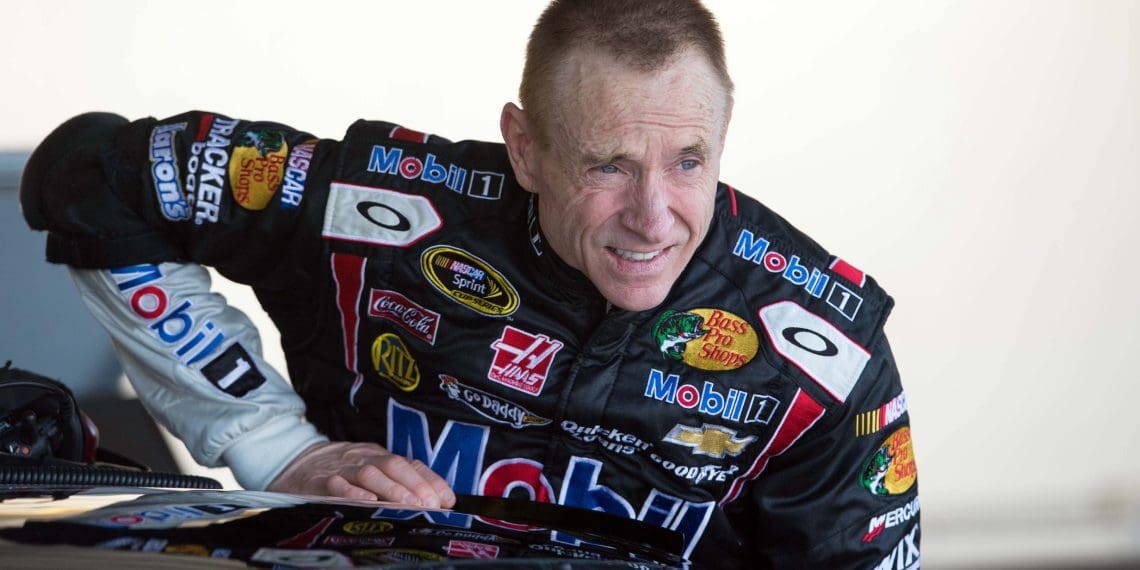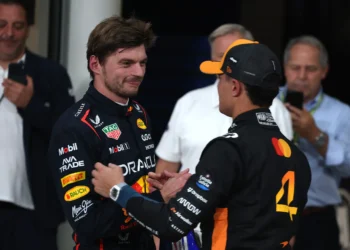Is NASCAR Losing Its Essence in the Pursuit of Youthful Glory?
In a rapidly evolving sports landscape, NASCAR finds itself at a crossroads, navigating the delicate balance between tradition and innovation. While the sport has long been a bastion of high-octane thrills for loyal fans, a seismic shift is underway as NASCAR strives to capture the hearts of younger audiences. However, this quest for a fresh fan base has sparked a heated debate over whether the sport is sacrificing its core identity.
From racing in the iconic LA Coliseum to tearing through the streets of Chicago, NASCAR’s recent ventures have been nothing short of audacious. Yet, perhaps the most daring move is the introduction of a points-paying race in Mexico City. These bold steps signal NASCAR’s intent to expand its horizons, but at what cost? Many, including legendary driver Mark Martin, fear the essence of NASCAR is being diluted in this pursuit of novelty.
Mark Martin’s Stand: Defending Tradition Amidst Change
Mark Martin, a stalwart of NASCAR’s golden era, voices the concerns of many veteran fans who feel marginalized in the new NASCAR landscape. “I feel like the integrity of our sport has largely been lost,” Martin lamented during a recent podcast appearance. He represents a generation of fans who cherished the raw, unfiltered excitement of stock car racing, and he’s not alone in his sentiments.
Martin’s reflections are particularly poignant as they highlight a growing disconnect between NASCAR’s traditional supporters and the sport’s modern direction. He acknowledges the inevitable need for change, yet questions the wisdom of sidelining the loyal fan base that has carried NASCAR for decades.
The Erosion of Short Track Racing
A glaring example of this shift is the recent scheduling shake-up that saw Richmond Raceway lose a coveted spot to make way for the Mexico City event. While NASCAR has made gestures towards short-track enthusiasts with events at North Wilkesboro Speedway and Bowman Gray Stadium, these are non-points races, leaving traditionalists yearning for more substantial recognition.
Martin warns that NASCAR’s eagerness to embrace street races and international venues could lead to the erosion of its storied short-track heritage. The potential sidelining of venues like Martinsville Speedway is a stark reminder of the sport’s precarious balancing act between honoring its past and embracing a new future.
The Financial Imperative: NASCAR’s Media Rights Gamble
As NASCAR navigates these turbulent waters, the financial stakes have never been higher. The sport’s new $7.7 billion media rights deal underscores the critical importance of television viewership in sustaining the NASCAR economy. In an era where traditional sponsorship models are under strain, the departure of big-name sponsors like GEICO, Xfinity, and M&M’s has left NASCAR increasingly reliant on broadcast revenue.
Martin highlights the challenge NASCAR faces in retaining casual viewers. “If they can click over and see three green flag checkered with wrecks, they are going to watch that,” he noted, emphasizing the need for captivating broadcast content to lure fickle audiences.
The Gamble of 2025: A Pivotal Year for NASCAR
As NASCAR gears up for the 2025 season, it embarks on a bold experiment with international races and street circuits. This ambitious plan could redefine the future of the sport, but it also carries significant risk. The challenge for NASCAR is to find a harmonious blend of tradition and innovation, ensuring that it remains a cherished institution while appealing to a new generation of fans.
In the end, the question remains: Can NASCAR successfully navigate this transformative period without losing the very soul that has endeared it to millions? As the sport races towards an uncertain future, the eyes of the world are firmly fixed on its next moves.










